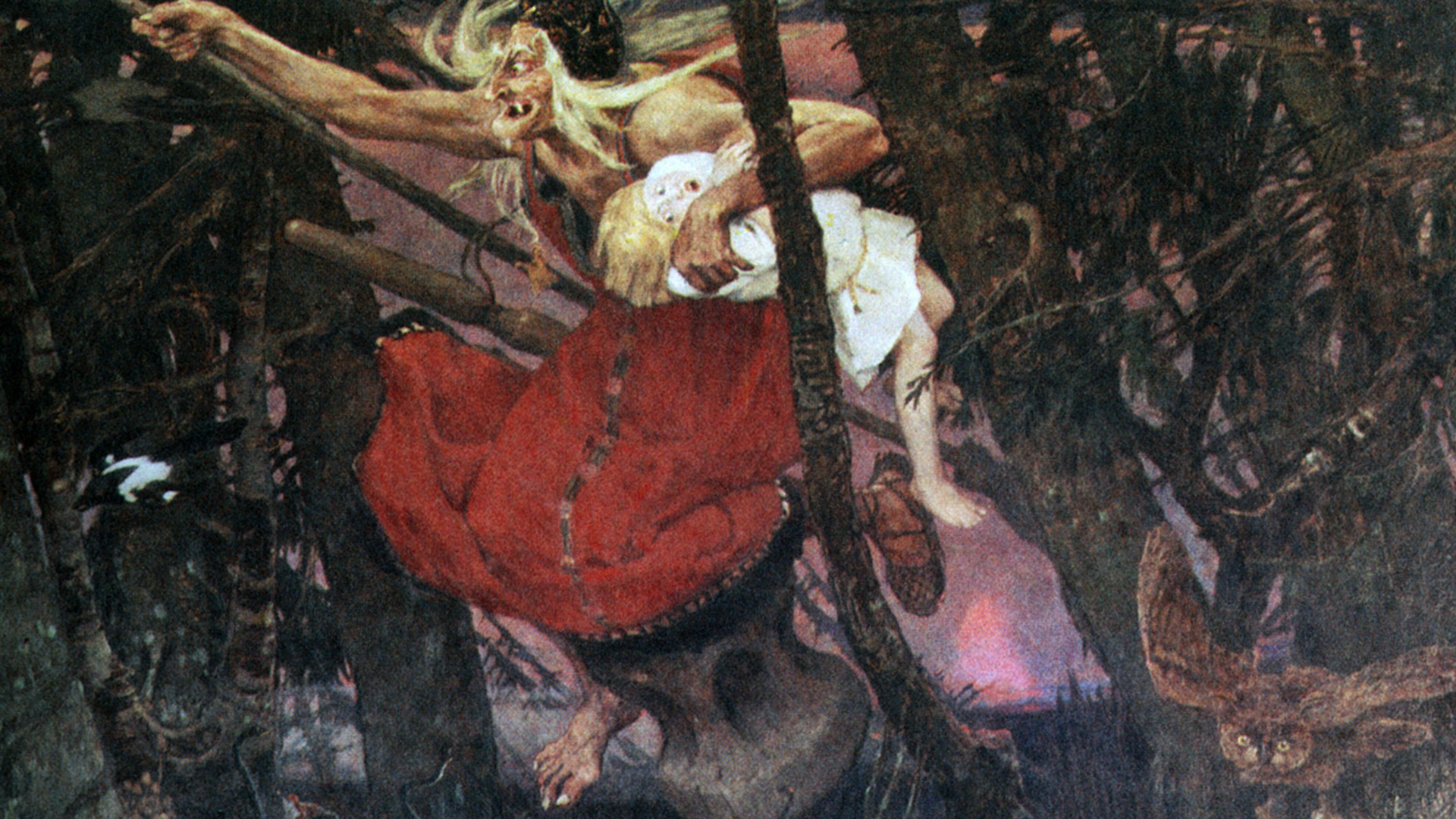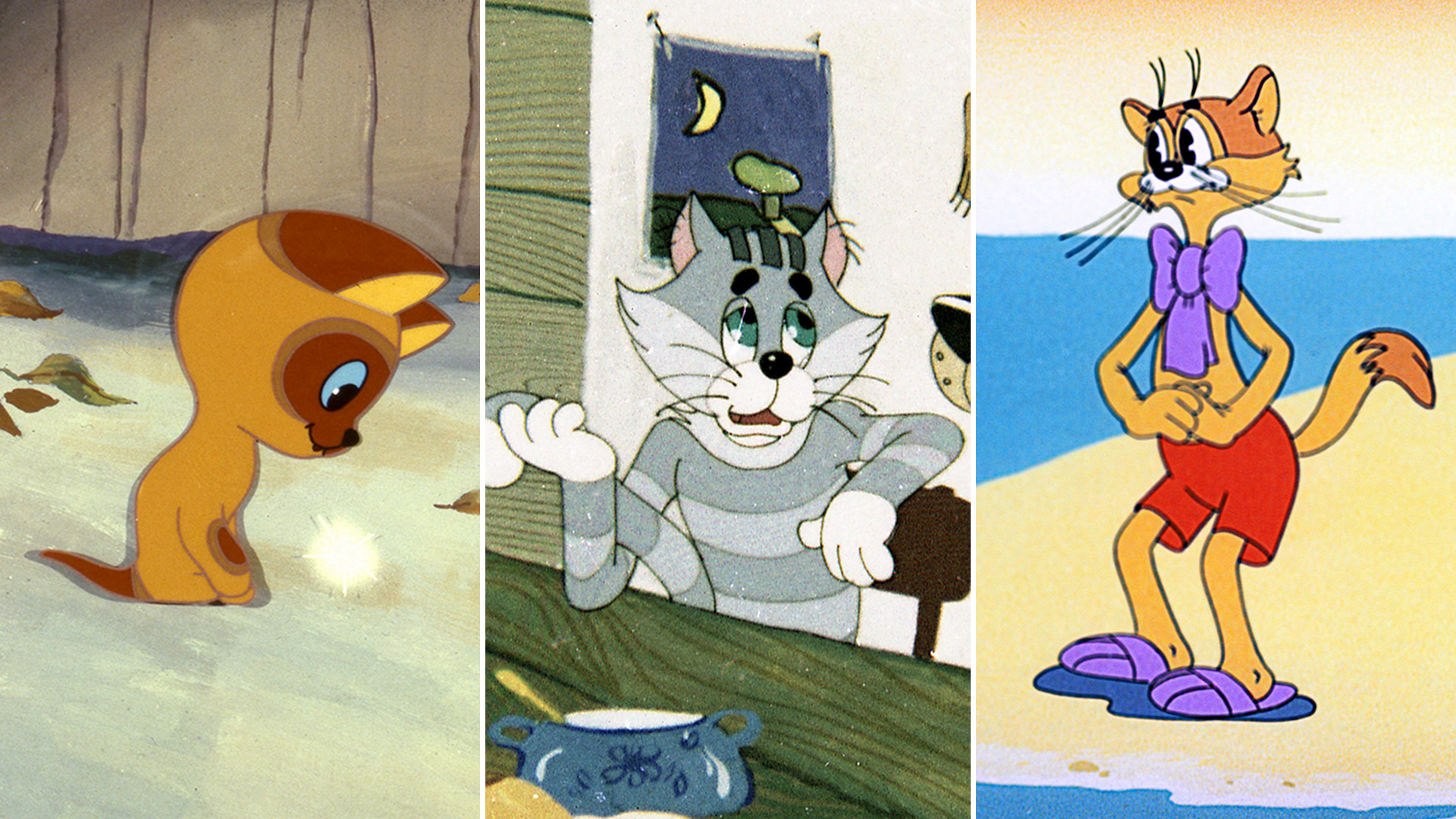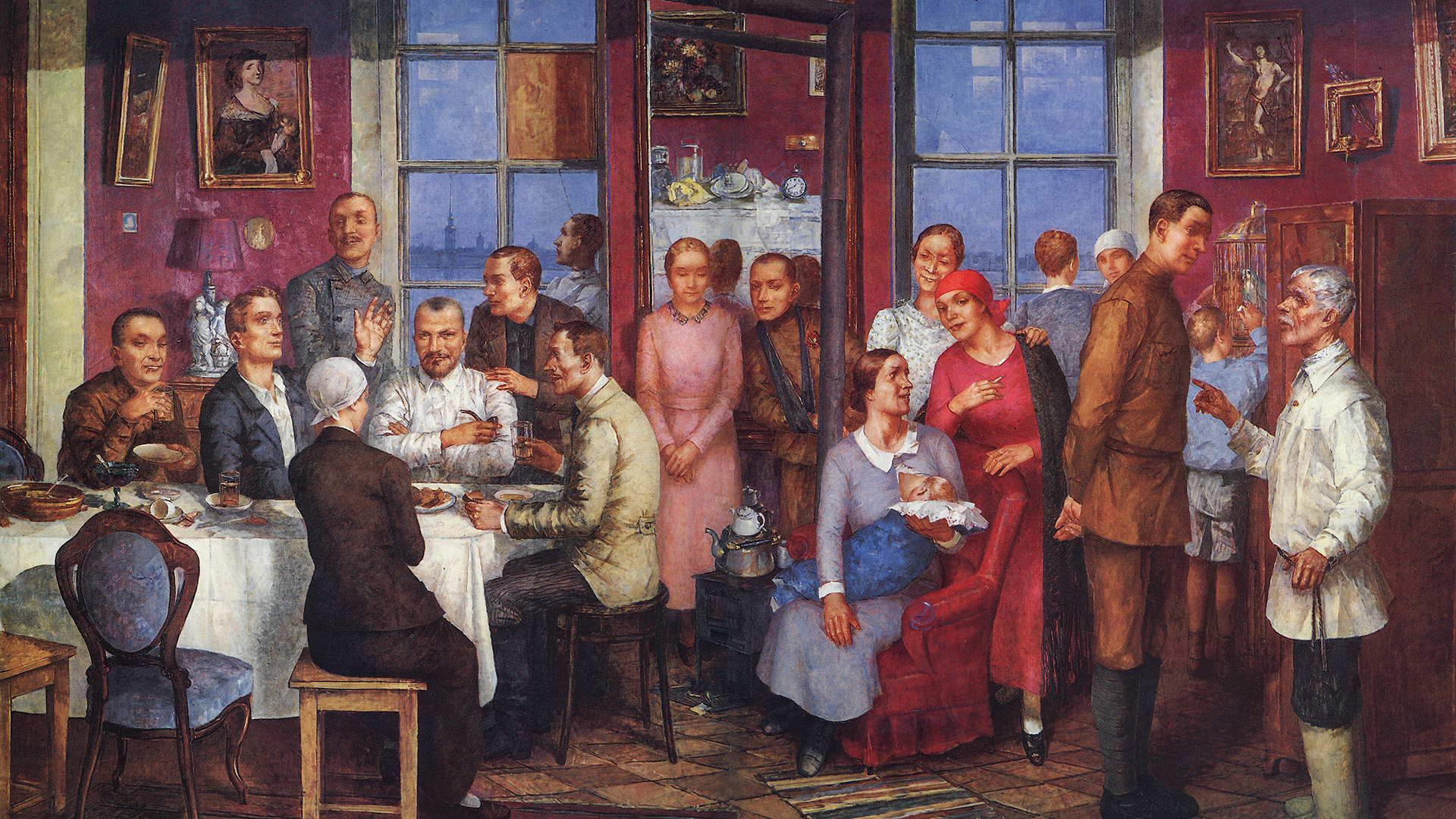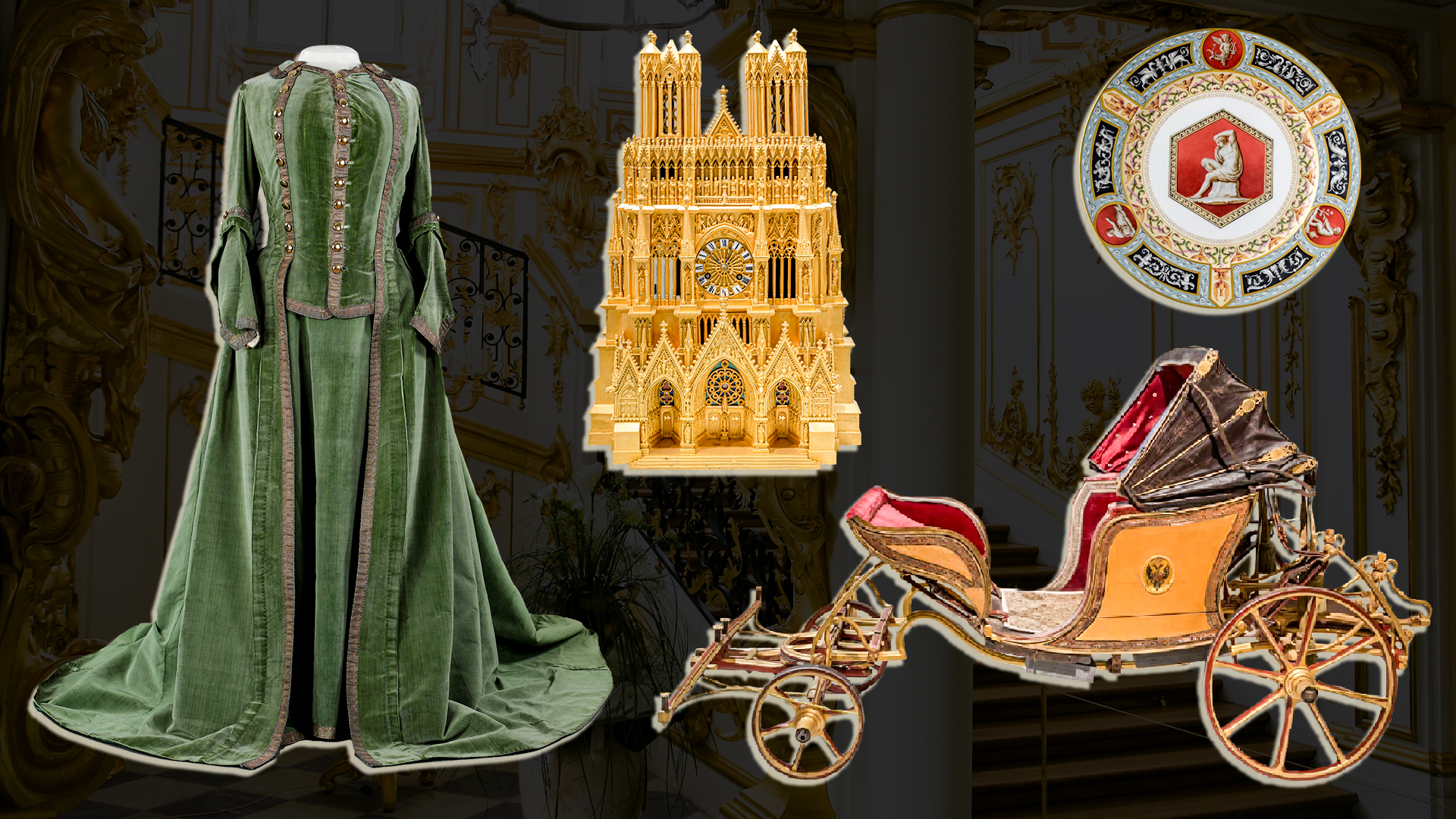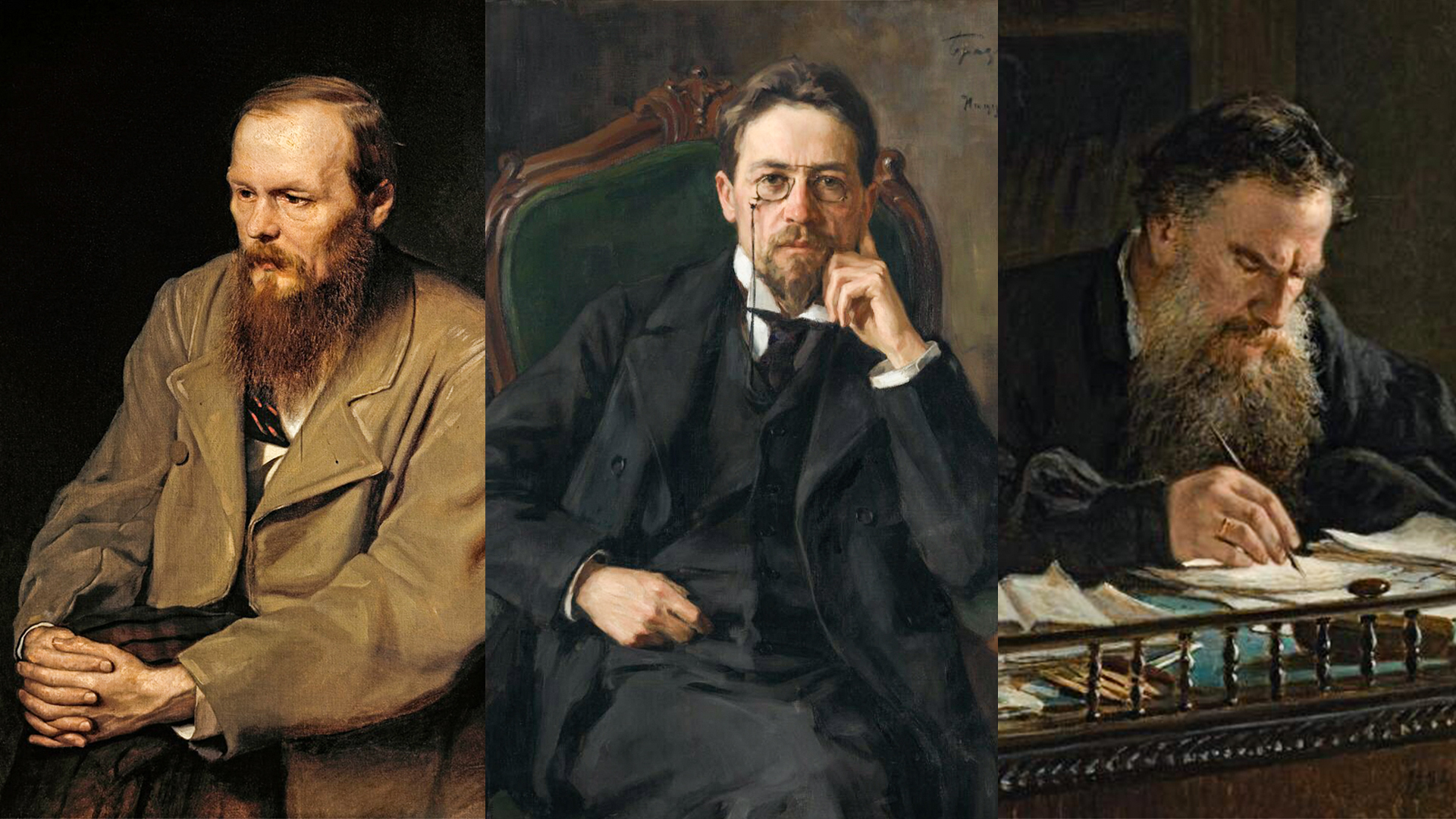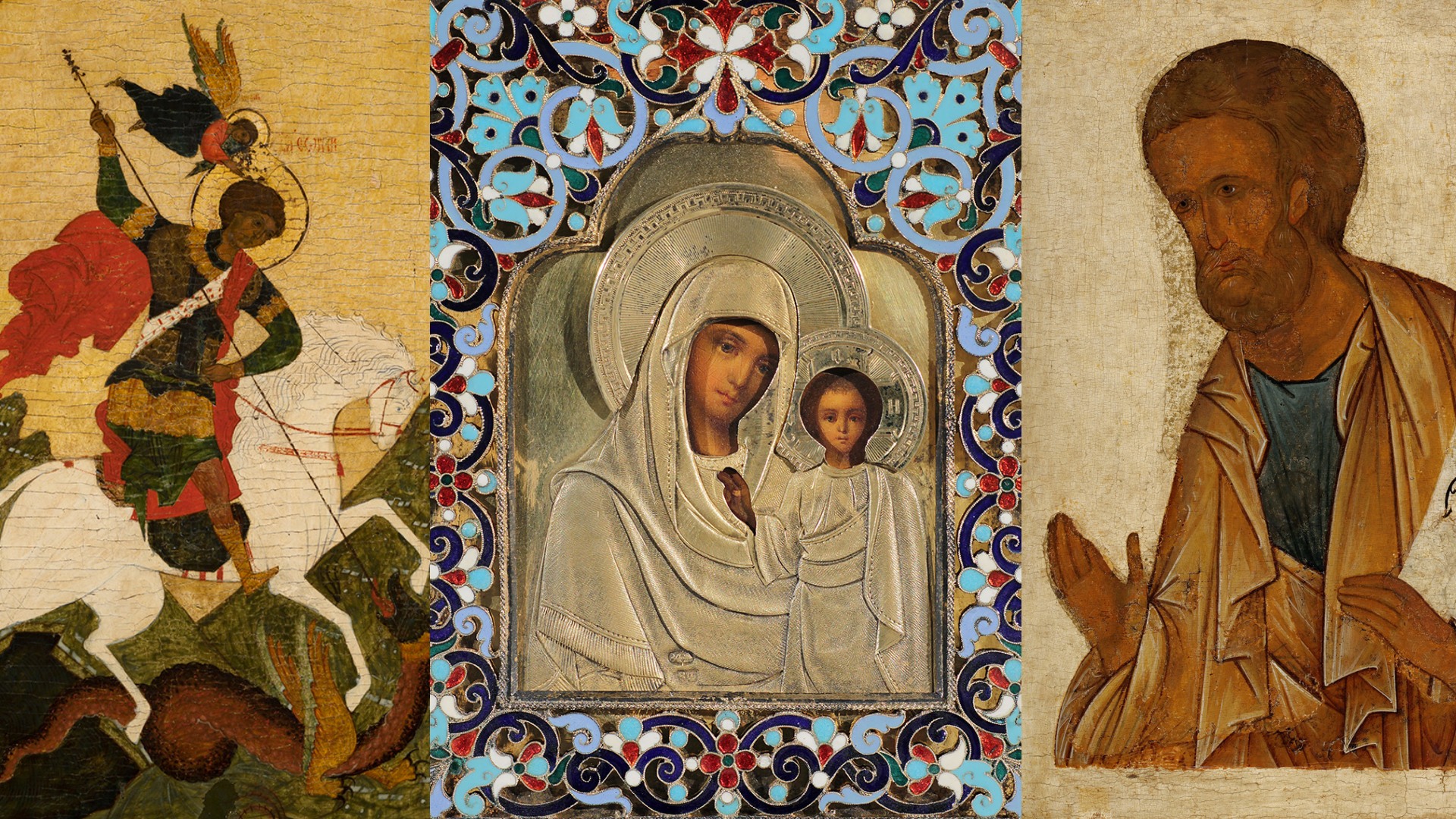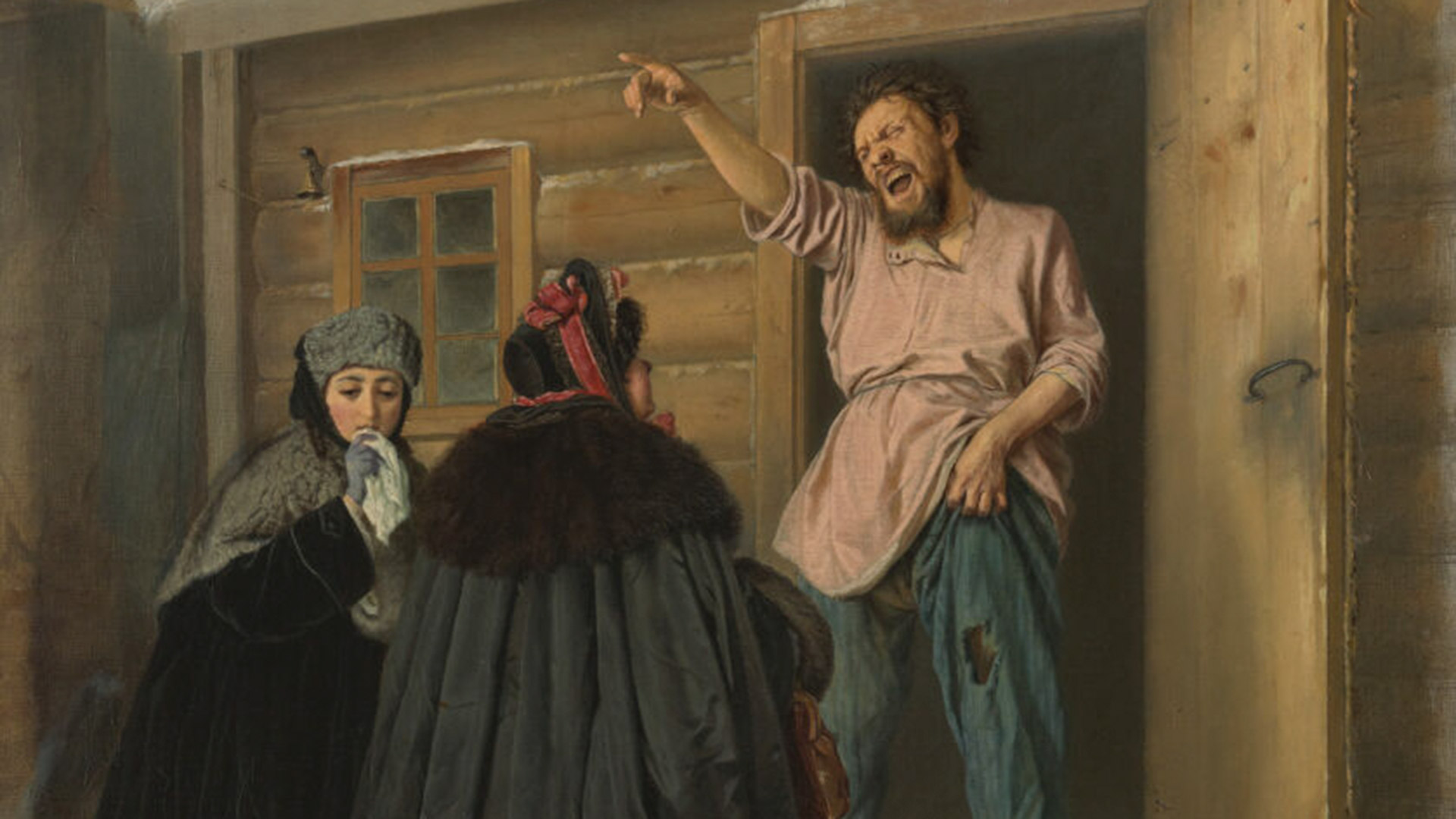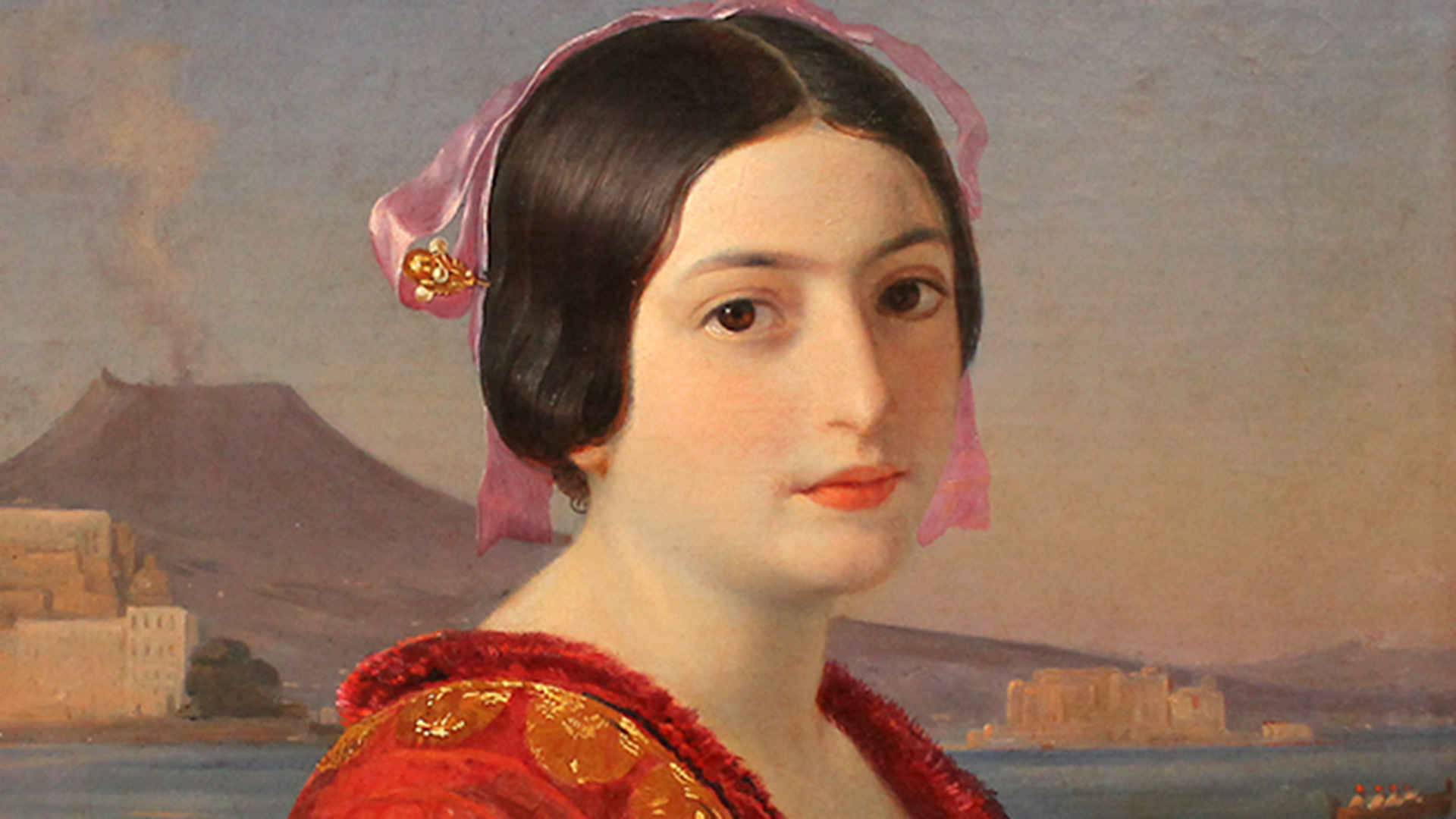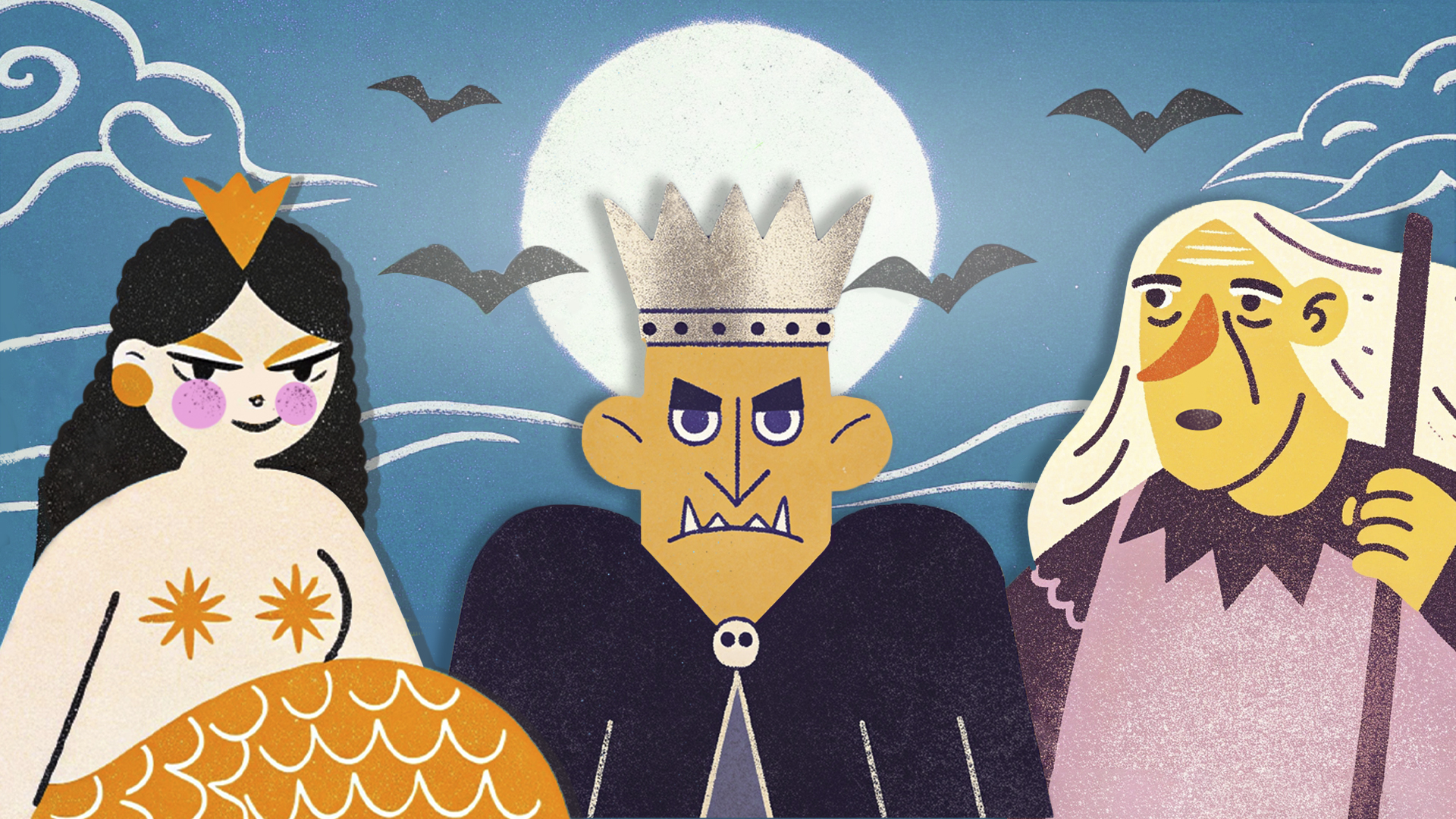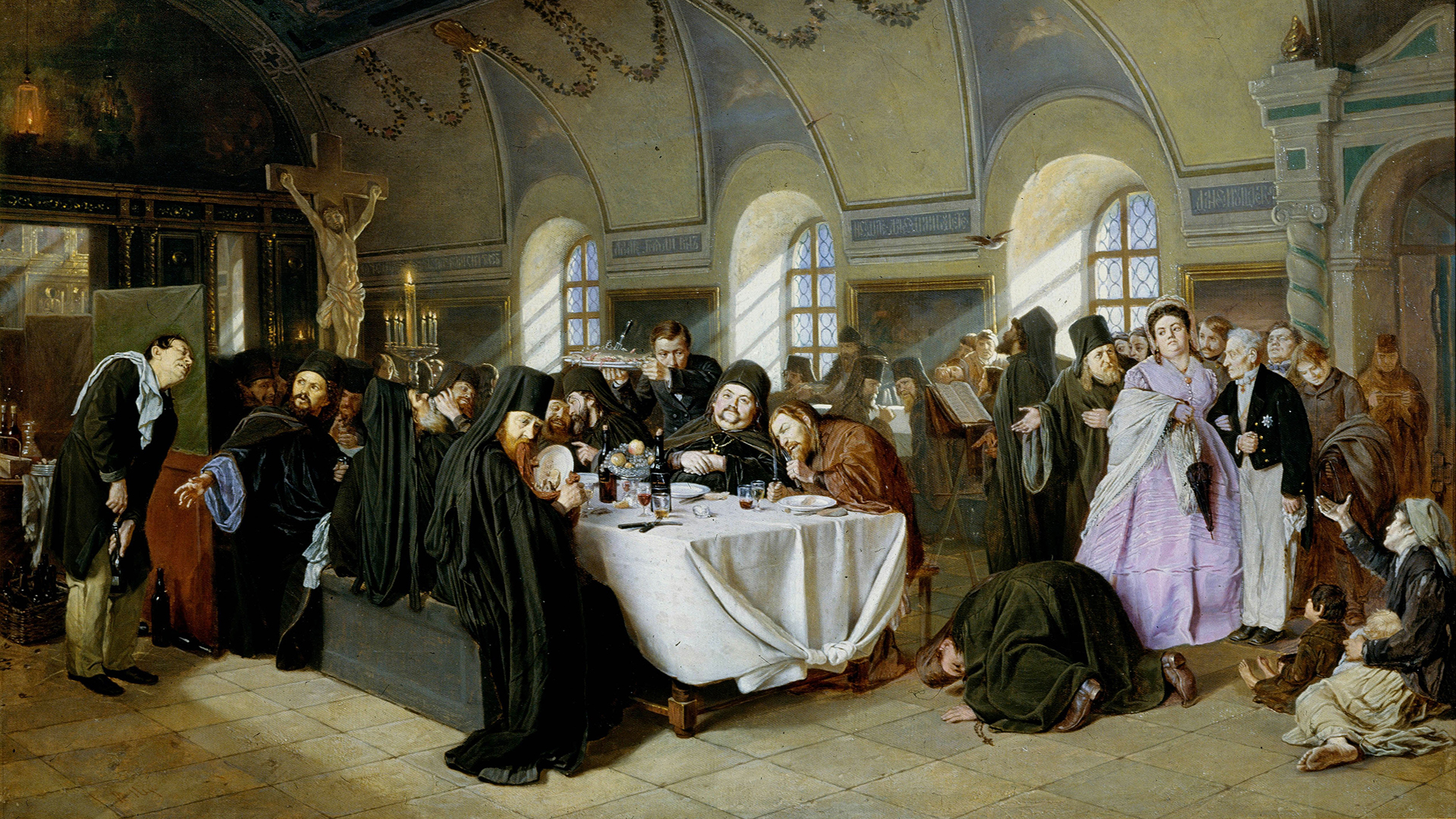
What is going on in the painting ‘Protodeacon proclaiming longevity at a merchant's name day’ by Nikolai Nevrev?

The Merchant's Son
Nikolai Nevrev dreamed of becoming an artist since childhood. But, it seemed that everything was against him. He lost his father early and then his mother sent him to the Meshchansky School. Nevrev was supposed to get an elementary education and then go to work for some merchant. But, he was indifferent to his studies and was soon expelled. He also failed to graduate from the Stroganov Drawing School – once he did a drawing so well that the teacher decided that he had copied it through glass. Nevrev did not incriminate himself and left.

Only at the age of 20 did he enter the Moscow School of Painting and Sculpture. Having received a diploma as a freelance artist, he began to paint portraits to order. Then, fortune smiled on him. He quickly became one of the most sought-after Moscow artists. In the 1860s, he began to paint genre paintings, including those from merchant life – not glossy, very lively and truthful.
Singer at a Name Day

One of Nevrev's most striking works was the painting ‘Protodeacon Proclaiming Longevity at a Merchant Name Day’. In it, he depicted a moment of family celebration: Before the revolution in Russia, it was more common to celebrate not a birthday, but a name day (the day of remembrance of the saint whose name a person received at baptism). On a festive day, they would go to church in the morning, where the birthday child would take communion. And, in the evening, they would wait for guests for a festive dinner – necessarily with pies.
In the merchant community, priests were often invited to name day parties to sing hymns and chants. An obligatory item in their program was the proclamation of longevity – this is how they wished the birthday person prosperity and long life. The brighter their performance, the greater their fee could be. Writer Ivan Shmelev in his novel ‘Summer of the Lord’ describes this moment as follows: "The protodeacon proclaimed such a long life to him – no one remembered such a spiritual shock. How did he bring it to… "…many years…" – he paused, rolled his bloodshot eyes, scary, scary… he took a gulp of air, as if scooping it up with a ladle, stuck out his chest, puffed up his belly like a mountain… – everyone froze, as if there was both fear and joy, as if something was about to happen… and the old waiter dropped the spoons from the tray. And he gasped… so he launched into all his lungs-heavy… – a roar and a ringing and rattling."
The deacon’s too funny

This is exactly the moment depicted in the artist's painting. The action takes place in the house of a wealthy merchant – this is indicated by the paintings in expensive frames, and expensive furniture. A priest in a silk cassock sings with all his might, clenching his fists and straining his stomach – it seems that his performance can literally be heard. To be fair, only an elderly bearded man sitting in front of him is listening attentively.
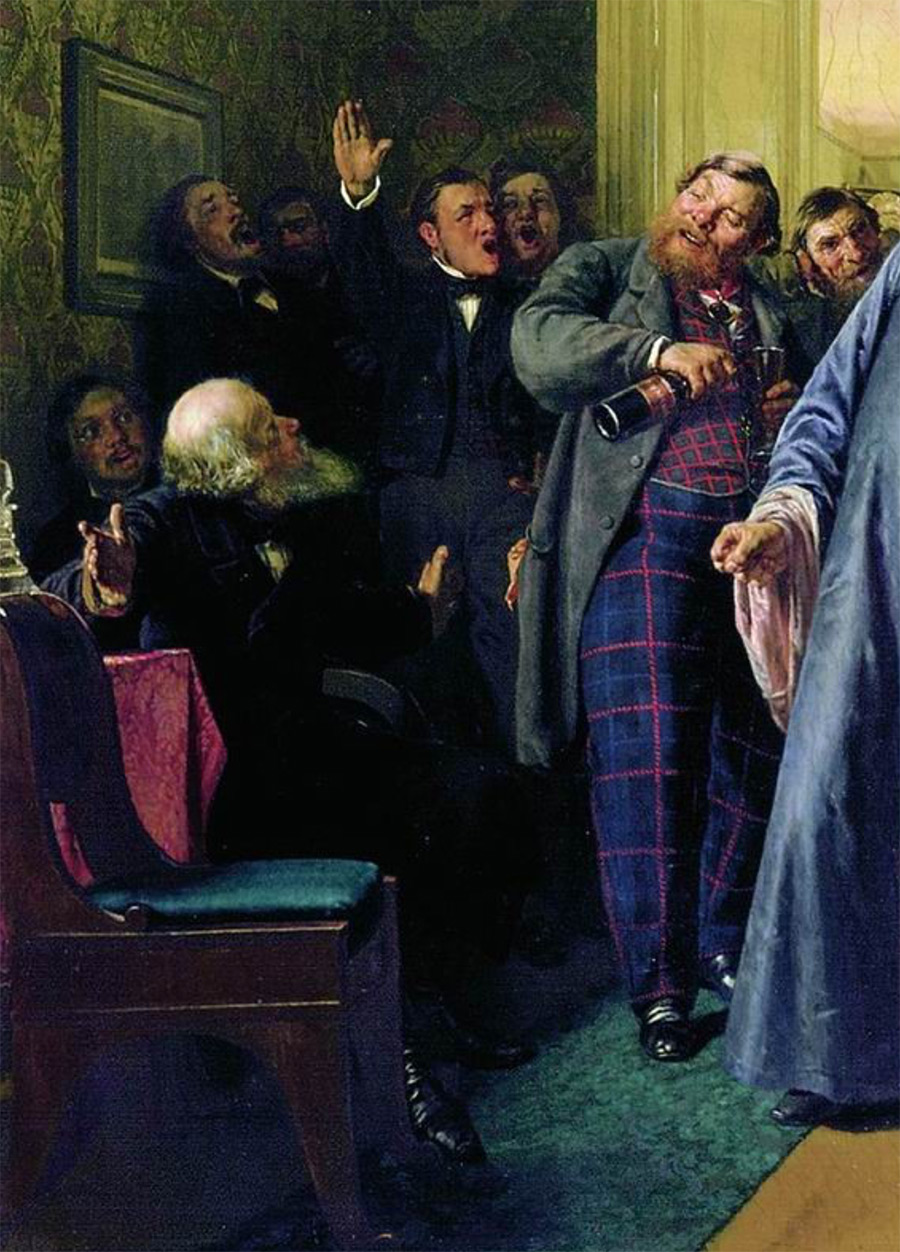
The other characters are busy with their own business. The tipsy guests are singing along or performing something of their own. A drunken man in checkered pants seems to have had more than one swig from the bottle he is holding in his hands.

The baby in the nanny's arms is crying from the loud sounds, the women sitting at the table by the samovar are drinking tea. The young merchant's wife in a blue dress, propping her head with her hand, seems to be trying to cover her ear so that the singing does not bother her so much and, next to her, stands her son, whom the protodeacon's performance caught eating a bun.

Nikolai Nevrev was going to show the painting at the Society of Amateurs of Art competition, but he was unable to do so. Having learned about this, the church forbade it to be shown – the priest simply seemed “too funny”. But, the painting was bought by a merchant named Sergei Karzinkin and, later, his daughter gave the painting to the Tretyakov Gallery, where it remains to this day.


